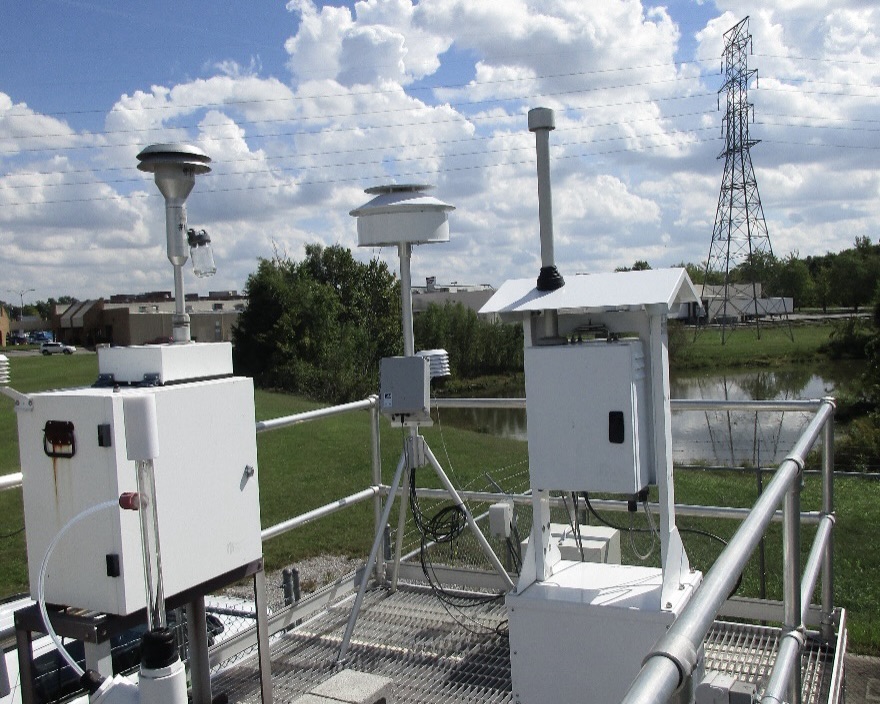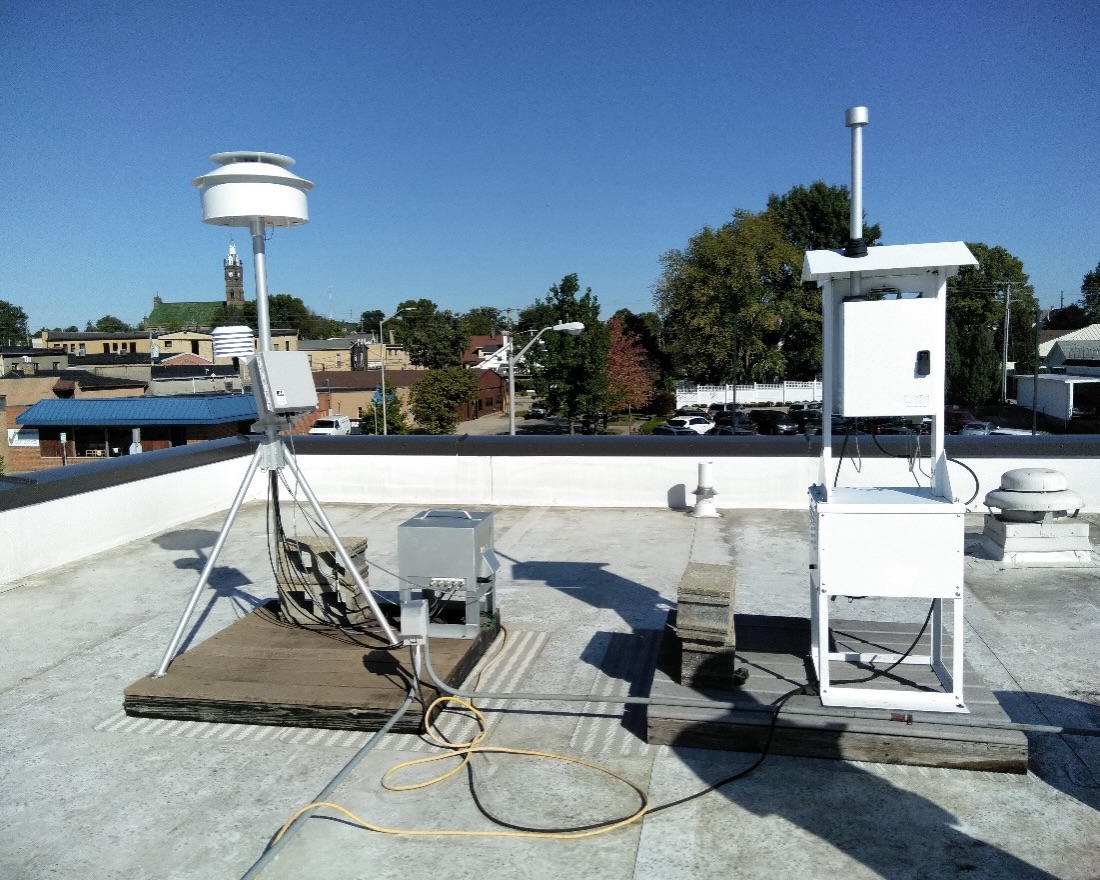Chemical Speciation Network
What It Is
CSN (Chemical Speciation Network) is a long-term national monitoring program for the EPA (Environmental Protection Agency). Created in 2000 as a response to support implementation of the 1997 PM2.5 National Ambient Air Quality Standards (NAAQS) as well as the 1999 Regional Haze Rule (regulations for states to establish goals in improving visibility), CSN is a PM2.5 sampling network with sites located principally in densely populated areas. In 2005, the network maintained more than 260 sites, and continues to operate in conjunction with the IMPROVE national network for a wider scope of visible and ultra fine pollution across rural and urban United States.
The Chemical Speciation Network (CSN) assesses trends, develops effective State Implementation Plans (SIPs), and determines regulatory compliance with regards to the PM2.5 National Ambient Air Quality Standards. CSN additionally aids in the interpretation of health studies by linking effects to PM2.5 constituents, characterizes annual and seasonal spatial variation of aerosols, and compares to chemical speciation data collected from the Interagency Monitoring of Protected Visual Environments (IMPROVE) network.


Evansville-Buena Vista, IN – Rooftop CSN site (left), Jasper, IN – Post Office CSN site (right)
What We Do
As the primary contract holder for the network, UC Davis provides elemental analysis for the CSN monitoring network by energy dispersive X-ray fluorescence (EDXRF), optical absorption measurement by hybrid integrating plate/sphere (HIPS), carbon analysis by Fourier Transform Infrared Spectroscopy (FT-IR) and Thermal/Optical Analysis (TOA). Additionally, we deliver all final products and concentration data.
- Sample Handling
- Analyses
- Data Validation
- Data Delivery
- Reinvestment
